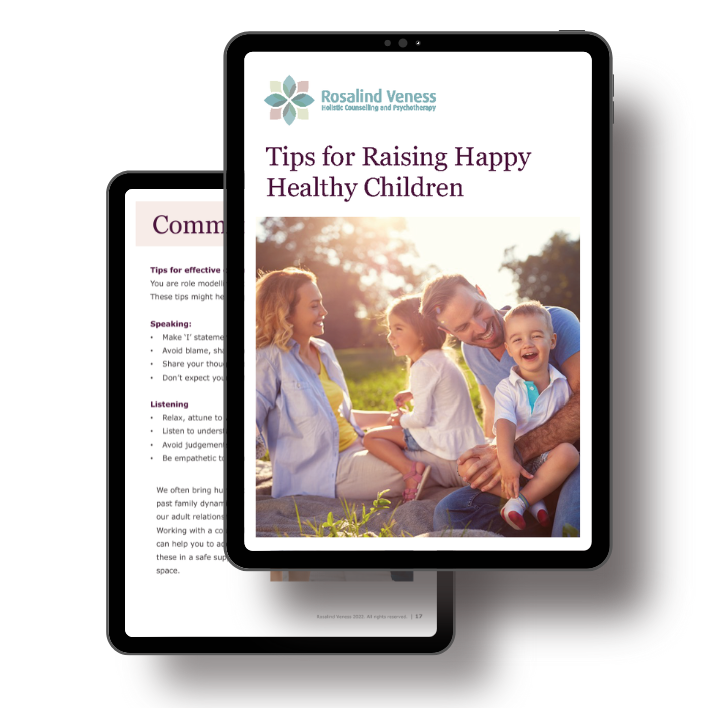
Despite being the “right” age, and appearing to be “ready for school”, children with retained midlines often struggle to keep up in the classroom. The signs may not easily be recognised, and are often linked to diagnoses such as dyslexia or ADHD.
Learning delay can happen despite your best intentions, and the benefits of normal classroom instruction. Perhaps it’s not the method of instruction that matters so much as a child’s developmental readiness for school?
Although children are chronologically ready for starting school, there may be immaturities in other aspects of their development. One area of early development that is often overlooked in assessing for school readiness is the possibility of retained midlines. These can have a major impact on a child’s ability to learn in a classroom.
What are Midlines?
Midlines divide the body in half both vertically and horizontally, and are usually integrated by the time your child is between 6.5 to 8 years of age. At this time they will have developed a clear preference for handedness. Ideally, they will be using their right hand to pick up a pencil and write, and their right foot to kick a ball.
Midline integration builds on the inhibition of primitive reflexes, and precedes the development of a preference for handedness. Midlines in early childhood ensure that your child is able to use both sides of their body equally. This in turn supports development of both hemispheres in their brain. When midlines are integrated at around age 7, your child is ready to learn to read and write.
When midlines have been retained they can affect learning.
Signs of Retained Midlines
When reading, have you noticed your child:
- Often lose their place
- Jump their eyes across the middle of a line
- Have red and watery eyes
- Jump lines
Does your child:
- Have signs of dyslexia or ADHD
- Use each hand equally, but is unable to use both together to complete a task
- Have difficulty with cross-pattern activities such as crawling, skipping
- Seem clumsy, and uncoordinated at times
- No clear development of dominance or handedness
- Have difficulty tying shoe laces
- Struggle to maintain balance while riding a bike
- Swimming with even strokes, kicking feet while moving arms and breathing at the same time
- Switch hands in the middle when passing something across their body. When playing with a toy plane, for example, they will pass it to the midline and change hands to proceed, or swap hands when eating
- Find it difficult to sit still, and seem to be in constant motion
If you have answered YES to a number of these, retained midlines could be the culprit.
Why Midline Integration Matters
Learning is a continual process of linking left /right, and above/below pathways in the brain. Integration of these connections lets us know that your child is ready for more complex tasks of reading and writing.
Integration of midlines opens us up to the potential for lifelong learning.
When they have not been integrated this may affect:
- Fine and gross motor skills
- Visual motor skills
- Auditory processing
- Hand-eye coordination
- Dominance
- Sense of balance
How Retained Midlines Can Affect Learning
Each side of our brain offers us its own version of the world, and both need to be able to work together to support learning. Retained midlines interrupts communication between each side of the brain, as well as connection to higher levels of processing.
Leading neuroscientist and author, Iain McGilchrist explains how the right brain tends to see the big picture, while the left tends to focus on details. We need both to make sense of our world, and to support learning throughout life.
For example:
- The right brain knows things, but needs the help of the left brain to put feelings into words
- The left brain loves sequences (times tables) but needs the right brain’s help with learning by putting them to a rhythm, story or song.
Tasks of Reading and writing require communication between each side of the brain. As you are reading this page, for example, the right side of your brain is scanning the page and is recognising the words as images. It is also connecting with the emotional content of what you are reading.
At the same time, the left side of your brain is analysing the smaller parts, or letters and sounds. Your integrated midlines enable you to put all this together to make meaning from what you are reading.
What Your child Needs to benefit from Classroom Instruction
To benefit from classroom instruction, and make sense of reading and writing your child needs to be able to:
- Hold the paper with one hand, while creating meaningful symbols with the other
- Sit still and maintain an upright posture with both feet flat on the floor
- Maintain balance while thinking and making meaning about what they are reading
- Block out background sounds to focus on the teacher’s voice
- Move both eyes together smoothly across the page and make sense what they are seeing
- Use both eyes to watch the hand when writing, as well as to focus on and interpret symbols on a page at the same time
- Recognise the emotional context of words, rather than simply reading them as abstractions
- Represent thoughts with words through handwriting
- Regulate emotions and consider consequences before acting
If a child is unable to cross midlines either way, they may struggle with higher learning tasks.
How you Can Help to Prepare Your Child for Lifelong Learning
This early coordination develops in infancy through basic floor movements, such as tummy creeping and rolling, gradually progressing to cross-patterned crawling. Through this process, your child will be integrating midlines naturally, learning to coordinate both sides of their bodies.
Any activity where your child is using both sides of their body together will help to integrate midlines:
- Doing jig-saw puzzles together. Place the pieces to the left of the body. Every time they pick up a piece using their right hand, they will need to cross their midline
- Activities using construction toys, such as mobilo, lego
- Using scissors – cutting with one hand, and holding the paper with the other
- Traditional Clapping games – left hand to partner’s left hand, etc while singing a rhyme
- Infants – sit on the floor and roll a ball to each other, throw to partner for older children
- Ball bouncing using alternate hands, and again while walking
- Jumping – both feet together across a line, then hopping on each foot separately
- Games such as “Simon Says”, (put right hand on left knee…), hokey pokey, Twister
- Throwing games – throw bean bags into a basket, pick them up with their toes, alternate feet, pass from one hand to the other
- Practising handwritng builds pathways between each side of the brain
- Talking about emotions and helping to find words for feelings helps build emotional awareness
What’s Next?
I have been offering a development movement program for children with learning difficulties such as dyslexia and ADHD since 2005, to address immaturities in early stages as a foundation for all lifelong learning.
If you are concerned about your child’s learning, a simple assessment can help to determine areas of delay and the best way to help them. This usually takes the form of an individualised home exercise program, with counselling support for both you and your child.
If there have been interruptions in your child’s early years, we may need to address retained reflexes first, particularly the ATNR and STNR which precede vertical and horizontal midline integration. Developed before birth, primitive reflexes divide the body so each side can develop evenly. They become inhibited through early movements such as rolling and tummy creeping. When retained, these early reflex patterns can affect later stages of development.
Case studies and testimonials attest to the success of a developmental approach to address learning and behaviour. It’s not unusual for children to gain up to 12 months in reading without any extra tutoring, when the home exercise program is followed consistently. Parents have also noticed improvements in physical coordination, behaviour and self esteem.
You don’t need a diagnosis or a referral to seek help. To learn more, please give me a call.
Development Program in Schools
I would love to see the benefits of a development movement program being made available to all children through an in-school program. One such program was developed by the INPP in the UK and implemented internationally. Based on 45 years of research, it involves an exercise program of 5 – 10 minutes a day during term time, for a period of about 12 months. Results show gains not only academically, but also in self esteem, confidence and coordination.
Further Reading
ADHD – an Holistic Approach to Healing
Dyslexia and Sensory Processing
References
Goddard, S. (2007). Reflexes, Learning and Behaviour. Fern Ridge Press.
McGilchrist, Ian. (2010). The Master and His Emissary. Yale University Press.
Siegel, D. And T. Bryson (2012). The Whole Brain Child. Robinson Press.

Free e-book download
Tips for Raising Happy Healthy Children

About Rosalind
Since 2005 I have been helping children with learning and behavioural challenges such as autism, dyslexia, ADHD and other sensory processing difficulties. I use an holistic, or whole child approach combining counselling with a development movement program, known as The Extra Lesson. This program addresses underlying immaturities in early development that are contributing to their learning and behavioural challenges. Sessions are available both online and at Moruya South Head.




